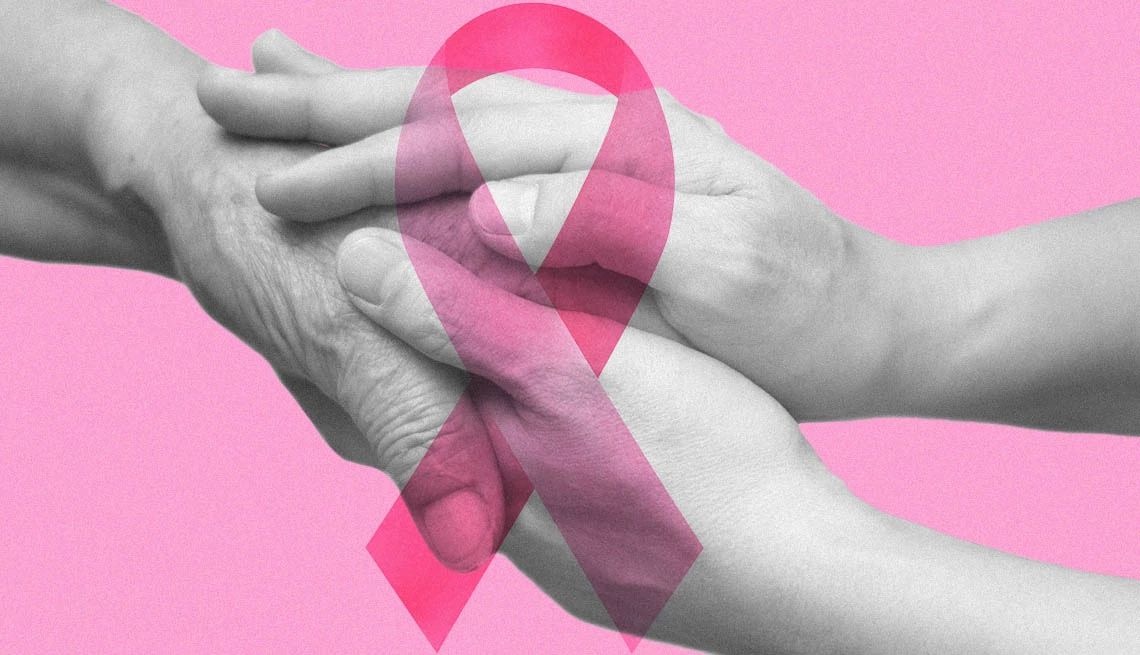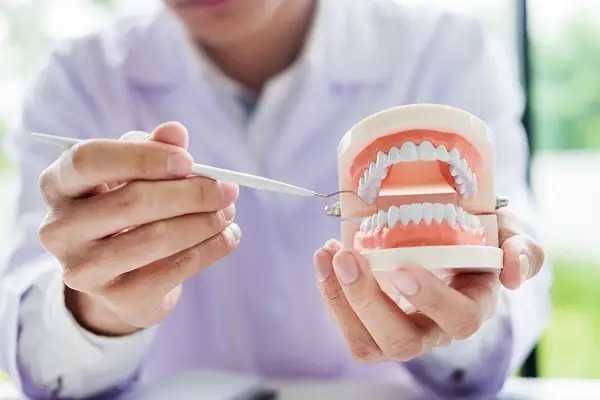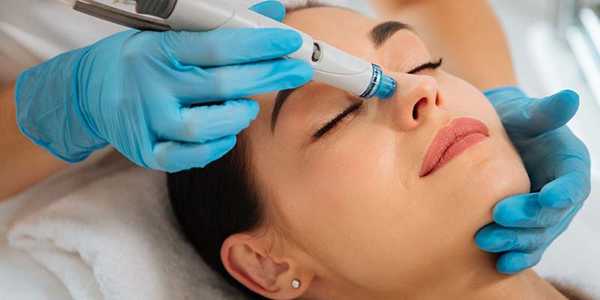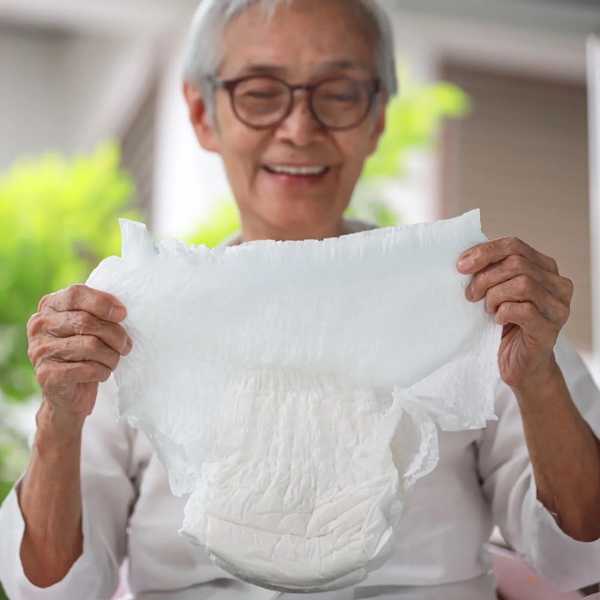放射線技師の求人・転職情報|高待遇・好条件の募集を徹底紹介
Types and Symptoms of Breast Cancer: What You Need to Know
Breast cancer is a complex disease that originates in the cells of the breast and can develop in different ways. It is the most common cancer affecting women worldwide, and understanding its types and symptoms is crucial for early detection and effective treatment.
Breast cancer is a complex disease that originates in the cells of the breast and can develop in different ways. It is the most common cancer affecting women worldwide, and understanding its types and symptoms is crucial for early detection and effective treatment.

Types of Breast Cancer
Breast cancer can be classified based on its origin, behavior, and molecular characteristics. Here are the most common types:
1. Ductal Carcinoma (DCIS and Invasive Ductal Carcinoma)
• Ductal carcinoma in situ (DCIS): A non-invasive condition where abnormal cells are found in the milk ducts but have not spread.
• Invasive ductal carcinoma (IDC): The most common type, where cancer cells spread beyond the milk ducts into surrounding breast tissue.
2. Lobular Carcinoma (LCIS and Invasive Lobular Carcinoma)
• Lobular carcinoma in situ (LCIS): Abnormal cells are found in the milk-producing glands (lobules), but it is not considered cancer.
• Invasive lobular carcinoma (ILC): Cancer that starts in the lobules and can spread to nearby tissues.
3. Inflammatory Breast Cancer (IBC)
A rare but aggressive form of breast cancer that blocks lymphatic vessels in the breast, leading to swelling, redness, and a skin texture resembling an orange peel.
4. Metastatic Breast Cancer (Stage IV)
The most advanced form of breast cancer, where cancer cells spread from the breast to other organs such as the bones, liver, lungs, or brain.
5. Recurrent Breast Cancer
Refers to cancer that returns after initial treatment. It can appear in the same area (local recurrence) or in different parts of the body (distant recurrence).
HER2-Positive Breast Cancer: What You Should Know
HER2 (Human Epidermal Growth Factor Receptor 2) is a protein that regulates cell growth. When the HER2 gene mutates, it leads to excessive cell division, contributing to breast cancer. HER2-positive breast cancer tends to grow and spread faster but responds well to targeted therapies such as trastuzumab (Herceptin) and pertuzumab.
Common Symptoms of Breast Cancer
Detecting breast cancer early increases the chances of successful treatment. Many symptoms are subtle, making regular screening essential. Here are some warning signs to watch for:
• Lump or thickening in the breast or underarm – A hard, painless lump that does not go away is often the first sign of breast cancer.
• Changes in breast size or shape – Unexplained swelling or shrinkage, particularly in one breast.
• Nipple discharge – Unexpected fluid from the nipple, especially if bloody or clear, should be examined.
• Inverted or retracted nipple – A sudden inward pulling of the nipple may indicate cancer beneath the surface.
• Changes in breast skin texture – Redness, scaling, or thickened skin resembling an orange peel may be a sign of inflammatory breast cancer.
• Persistent breast or nipple pain – While breast pain is common, persistent or localized pain should not be ignored.
• Swelling in the armpit or collarbone area – May indicate cancer spreading to nearby lymph nodes.
When to See a Doctor
If you experience any of these symptoms, it is essential to consult a doctor for a proper evaluation. While these signs do not always indicate breast cancer, early medical attention can lead to timely diagnosis and treatment, improving outcomes.
Conclusion
Understanding the different types and symptoms of breast cancer can empower individuals to be proactive about their health. Regular screenings, awareness of warning signs, and advancements in targeted treatments have significantly improved survival rates. If you notice any unusual breast changes, seek medical advice to ensure timely intervention and better treatment options.











